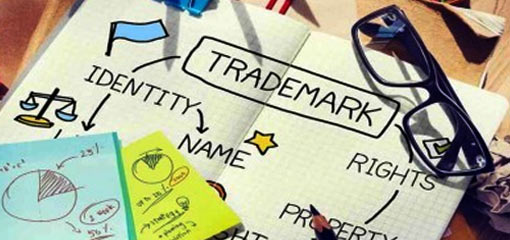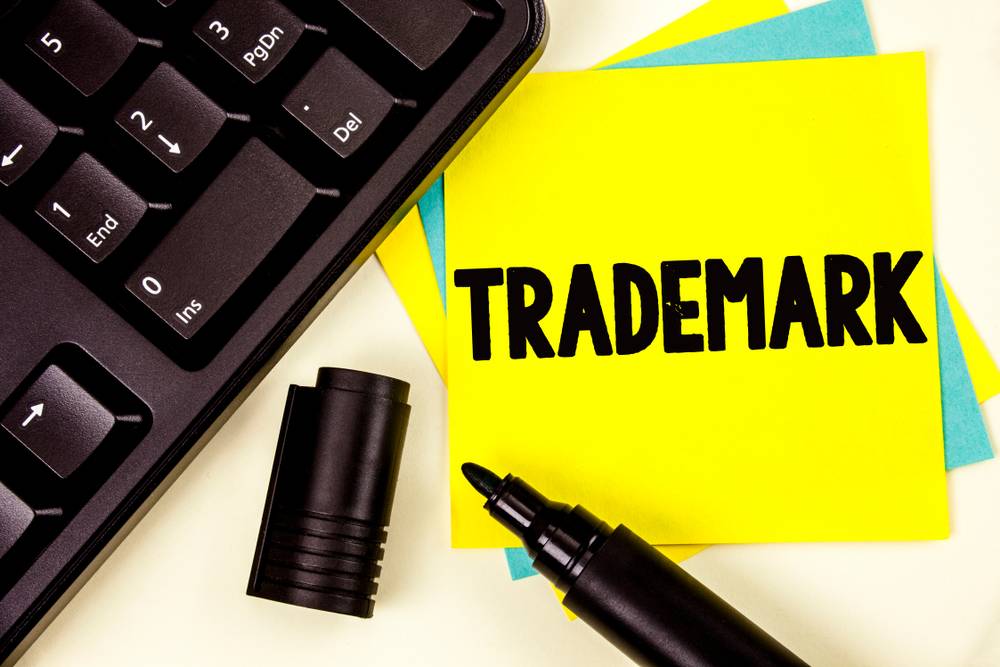If any person wants to register their mark in abroad or you are thinking for worldwide expansion then he can consult his lawyer or his agents to get it registered. And every Application for Trademark is applied individually in that Country’s IP Office. Applying in a different Country is a quite tricky process and that is why World Intellectual Property Organization (WIPO) have given Sorted solution for that and i.e. Filing of Trademark through Madrid Protocol through which Trademark can be applied in several countries through a single Application.
What is Madrid System
It is basically an Agreement which is signed by several countries (At present t has 97 member countries). By filing single Application Trademark can be filed in these several countries. By filing of a single Application status of your Trademark in each country can be tracked and managed centrally through the WIPO Site. without Madrid System international Trademark process is quite tricky and lengthy.
An Application will be moved from the country of origin only. And costing is given on the WIPO website. Fee Calculator is there on the WIPO website to tell the fees for applying for Madrid. It depends on the number of countries you are applying for and accordingly fees is charged. It takes 15 to 18 months to get it registered and can be renewed after every 10 years.
Therefore for Trademark application it is advisable to seek suggestion from the trademark attorney and after proper consultation only applies for Trademark filing by the way of Madrid System.




